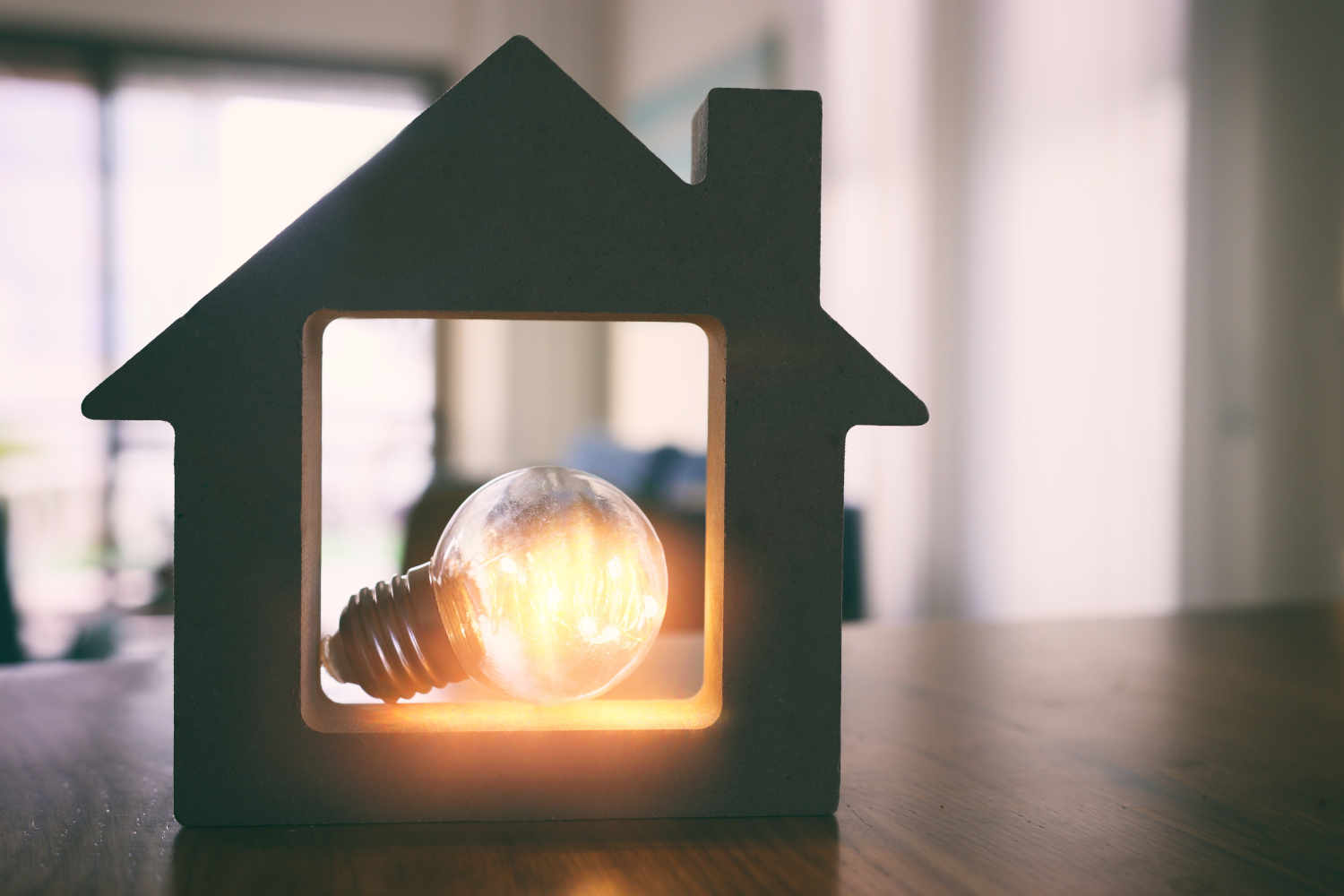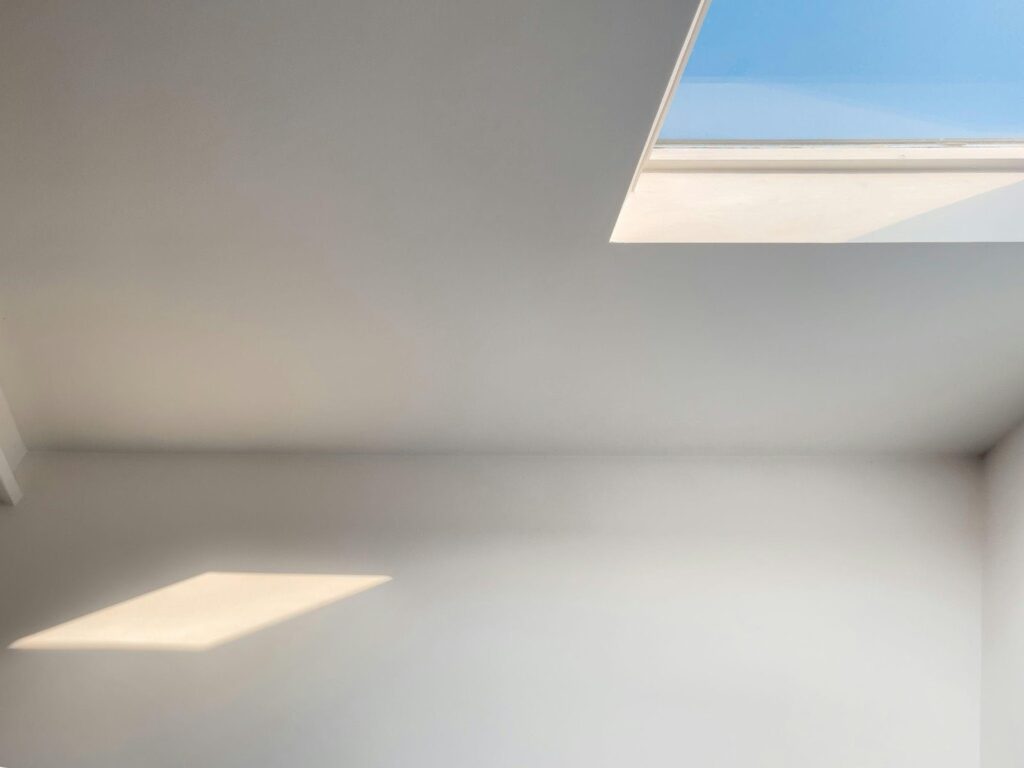In today’s world, where energy consumption is on the rise, finding ways to lower your energy bills not only benefits your wallet but also contributes to a more sustainable and environmentally friendly lifestyle. Fortunately, there are various strategies you can implement to make your home more energy-efficient, reducing both your carbon footprint and monthly expenses.
Recent Trends in Energy Bills
As our world evolves, so do the trends in energy consumption and billing. The recent shift towards renewable energy sources, such as solar and wind power, has sparked a positive change in how homes are powered. Smart home technologies, with the ability to optimize energy usage, are becoming increasingly prevalent. Additionally, government initiatives and incentives for energy-efficient practices are on the rise, offering households more opportunities to reduce their carbon footprint and save on energy costs.
- Upgrade to Energy-Efficient Appliances:
One of the most effective ways to lower energy bills is to invest in energy-efficient appliances. Older appliances tend to consume more electricity, so replacing them with Energy Star certified models can significantly reduce your energy consumption. Look for appliances with high energy efficiency ratings and features such as smart technology that optimizes energy usage.
- Unplug Electronics When Not in Use:
Many electronics continue to draw power even when turned off, contributing to what is known as “phantom power.” Unplugging devices or using smart power strips can help eliminate this unnecessary energy consumption. By making a habit of unplugging chargers, computers, and other electronics when not in use, you can prevent them from silently draining electricity.
- Seal and Insulate:
A well-insulated home can significantly lower heating and cooling costs. Check for drafts around windows and doors and seal any gaps with weather stripping. Insulating attics, walls, and floors can also make a substantial difference. Fit loft boards over your attic floor to prevent heat from escaping through the roof, helping to maintain a consistent temperature in your home.
- Install a Programmable Thermostat:
A programmable thermostat allows you to set specific temperatures for different times of the day, ensuring that your heating or cooling system operates efficiently when needed. Lowering the thermostat in winter and raising it in summer by just a few degrees can lead to substantial energy savings over time.
- Use Energy-Efficient Lighting:
Switching to energy-efficient LED or CFL bulbs is a simple yet effective way to reduce electricity consumption. These bulbs last longer and use significantly less energy than traditional incandescent bulbs. While the initial investment may be higher, the long-term savings and reduced environmental impact make it a worthwhile choice.
- Harness Solar Power:
Investing in solar panels for your home can be a game-changer in lowering energy bills. Solar power systems generate electricity from sunlight, reducing your reliance on the grid and potentially allowing you to sell excess energy back to the utility company. Government incentives and tax credits are often available to help offset the initial cost of installing solar panels.
- Conduct an Energy Audit:
Consider hiring a professional to conduct an energy audit of your home. This assessment can identify specific areas where energy is being wasted and provide recommendations for improvement. From upgrading insulation to sealing air leaks, an energy audit can be a valuable investment in making your home more energy-efficient.
Conclusion:
Lowering energy bills is not only about saving money but also about adopting a more sustainable and eco-friendlier lifestyle. By implementing these strategies, you can create a home that is both energy-efficient and environmentally responsible. From upgrading appliances to harnessing solar power, every small step contributes to a greener future for our planet. So, take action today and start reaping the benefits of a more energy-conscious lifestyle.











